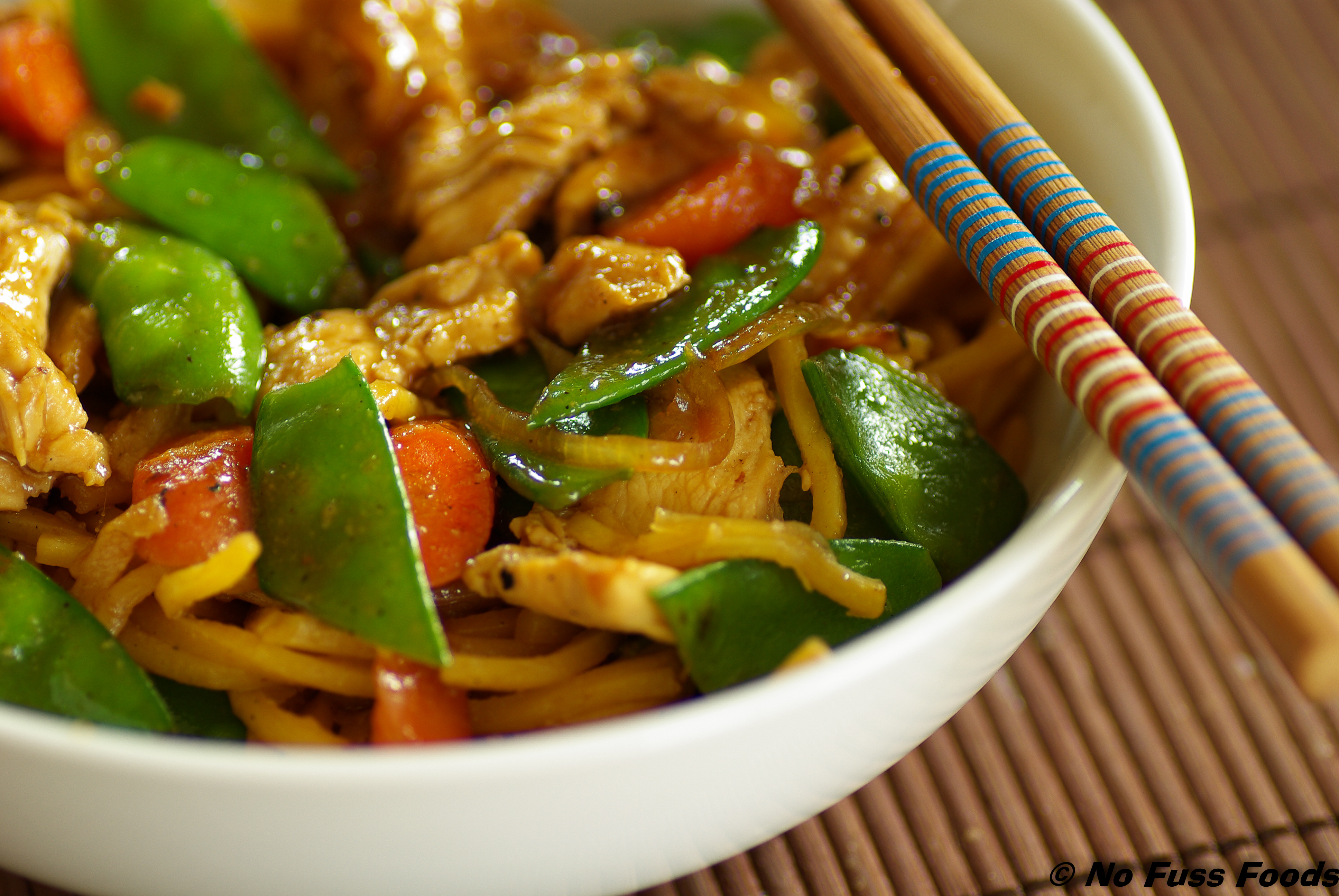Chinese Food Buffet
source link google.com.pkRed-Cooked Pork I remember a time when pork belly was shunned in the U.S. as a fatty, undesirable cut of meat. But thanks to a few big-name chefs, this unctuous piece of hog is gracing some of the country's most popular dining spots. David Chang's Berkshire pork belly in a bun may have been the most lusted-after dish in New York in the past 5 years.
Which is why I'm surprised red-braised pork is still not very popular outside of China. It's one of the least fiery dishes in the entirety of Hunan cuisine, and very easy to make at home. What omnivore can resist a dish of braised pork cooked with sugar, cinnamon, chilis, and star anise? The smells alone are intoxicating, and make me jittery with anticipation as I count down the minutes until braising is done.
The version of hongshao rou I like best is from Fuchsia Dunlop's Revolutionary Chinese Cookbook: Recipes from Hunan Province. (Did you know this was Mao Zedong's favorite dish? The satisfaction of eating it, of course, transcends ideology.) An especially helpful tip Dunlop gives is to first plunge the meat into boiling water; partially cooked pork belly is much easier to cut. To make the sauce, you simply caramelize the sugar, add water and the whole dried spices, then let simmer for less than an hour. (Also see Red Cook's version, which includes garlic and no chilis.) A simple bowl of white rice is the best absorbent for the fragrant and hearty sauce.
Notes on the skin: you can remove the skin before cooking, but I hardly ever do. The skin and the fat is 80% of what makes hongshao rou so darn good. When I teach this dish in my Hunan cooking class, inevitably a few students will carefully pick off all the fat.
I have to wince and look away. 1 pound pork belly
2 tablespoons peanut oil
2 tablespoons white sugar
1 tablespoon Shaoxing wine
1-inch piece ginger, peeled and sliced
2 pieces star anise
2 dried red chilies
1 piece cinnamon stick or cassia bark
2 tablespoons light soy sauce
Salt and sugar to taste
Scallion greens, thinly sliced, for garnish
Dunk the pork belly into a pot of boiling water and simmer for 3 to 4 minutes until partially cooked. Remove and set aside until cool enough to handle. Slice into 1-inch cubes.
In a wok, heat the sugar and oil over low heat until the sugar melts and turns golden brown. Add the pork and Shaoxing wine.
Add enough water to cover the pork, along with ginger, star anise, chilis, and cinnamon/cassia. Bring the liquid to boil, then reduce the heat and simmer for 40 to 50 minutes. Keep extra water nearby in case too much water evaporates.
With 5 minutes left of cooking to go, turn up the heat if liquid needs to reduce further to sauce-like consistency. Stir in the soy sauce. Season to taste with salt and sugar. Transfer to serving dishes and garnish with scallion greens.
Chinese Food Buffet Chinese Food Menu Take Out Recipes Meme Box Noodles Near Me Clipart Images Pics Photos Pictures
Chinese Food Buffet Chinese Food Menu Take Out Recipes Meme Box Noodles Near Me Clipart Images Pics Photos Pictures
Chinese Food Buffet Chinese Food Menu Take Out Recipes Meme Box Noodles Near Me Clipart Images Pics Photos Pictures
Chinese Food Buffet Chinese Food Menu Take Out Recipes Meme Box Noodles Near Me Clipart Images Pics Photos Pictures
Chinese Food Buffet Chinese Food Menu Take Out Recipes Meme Box Noodles Near Me Clipart Images Pics Photos Pictures
Chinese Food Buffet Chinese Food Menu Take Out Recipes Meme Box Noodles Near Me Clipart Images Pics Photos Pictures
Chinese Food Buffet Chinese Food Menu Take Out Recipes Meme Box Noodles Near Me Clipart Images Pics Photos Pictures
Chinese Food Buffet Chinese Food Menu Take Out Recipes Meme Box Noodles Near Me Clipart Images Pics Photos Pictures
Chinese Food Buffet Chinese Food Menu Take Out Recipes Meme Box Noodles Near Me Clipart Images Pics Photos Pictures
Chinese Food Buffet Chinese Food Menu Take Out Recipes Meme Box Noodles Near Me Clipart Images Pics Photos Pictures
Chinese Food Buffet Chinese Food Menu Take Out Recipes Meme Box Noodles Near Me Clipart Images Pics Photos Pictures







